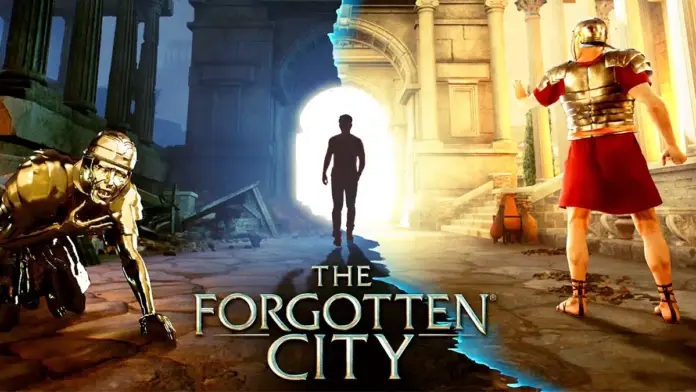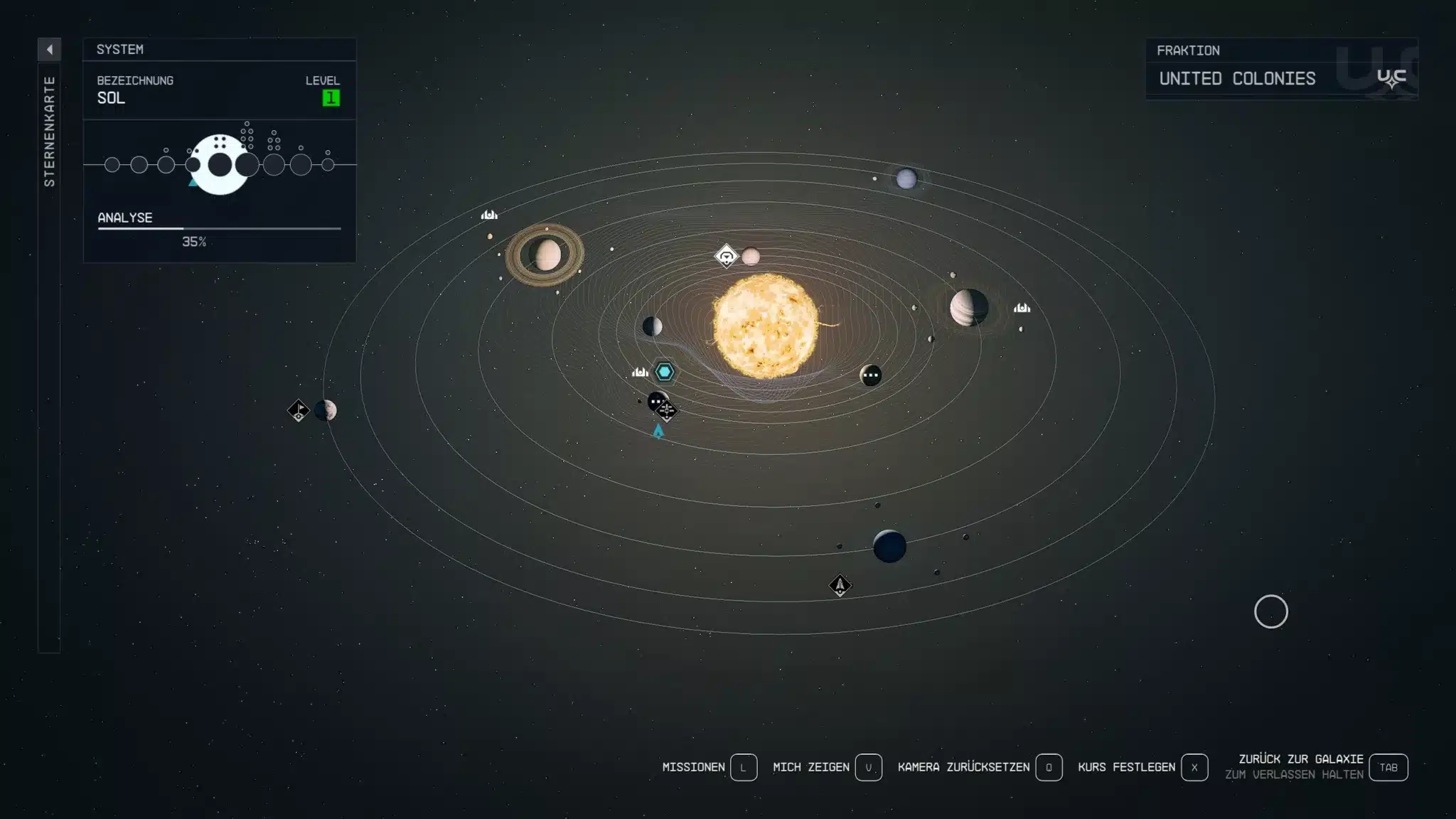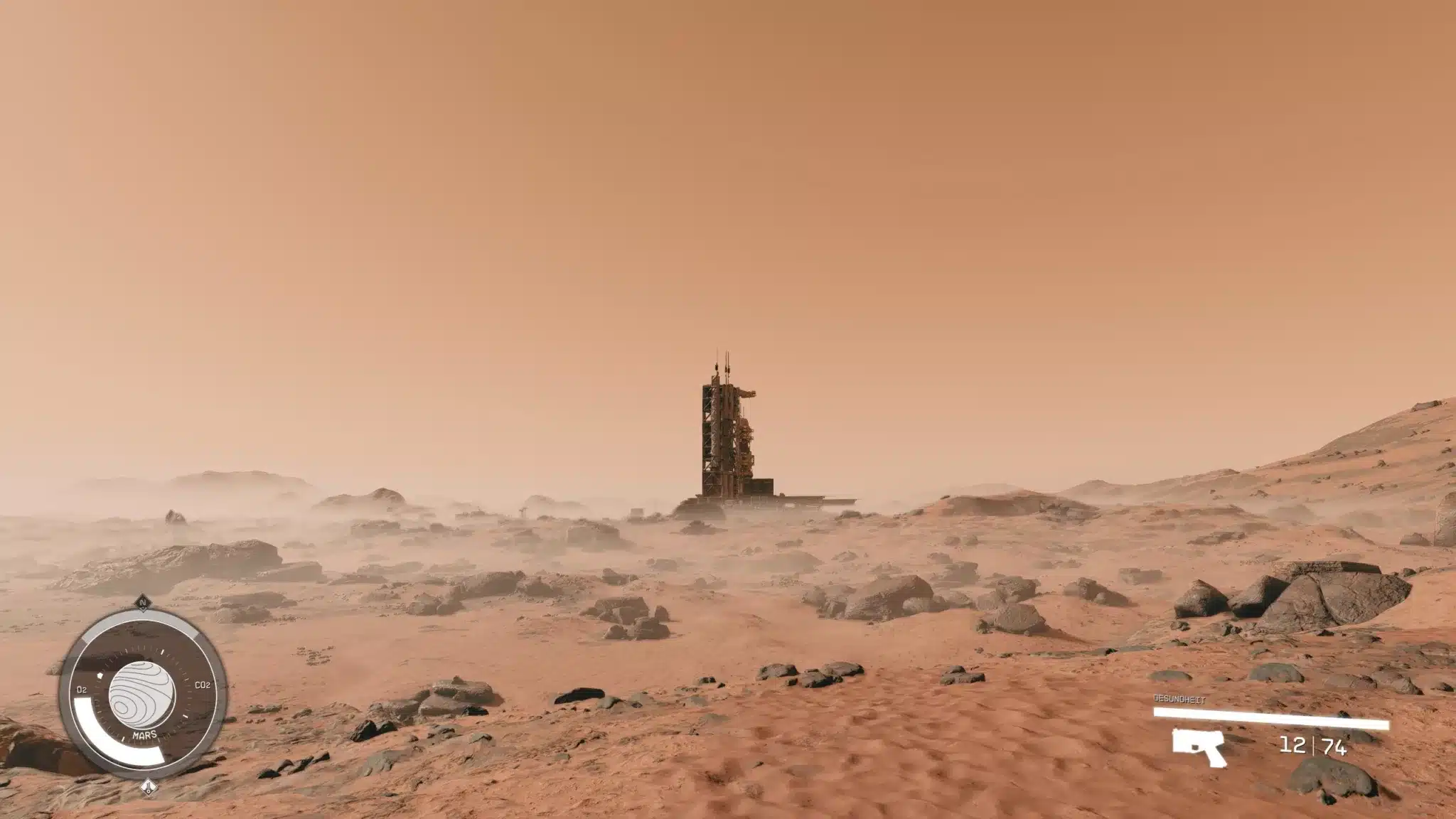Instead of getting lost in bigger and bigger universes, open worlds should convince with content again. Christian thinks two games do that particularly well
I love open world games, but there’s one thing I’ve grown so tired of: that every sequel has to be even bigger with every new world. Why? Well, out of principle! After all, it’s part of the basics of marketing that numbers mean progress and advancement.
If Ubisoft comes up with a total area of 80 km² in Assassin’s Creed Origins, the successor Odyssey has to be three times as big – how else are we supposed to know that the new game is much, much better? Are we supposed to look at content instead? What nonsense!
The most blatant current manifestation of this eternal growth can be seen in Starfield: Here I’m not just offered a city, a state or a continent, but an entire galaxy with the much quoted 1,000 planets. What sounds like a lot, turns out to be exactly what I’ve come to fear in Open Worlds: infinite vastness
Please don’t misunderstand: I had a lot of fun with Starfield and enjoyed working on our special issue on the subject . However, I also feel that the game world doesn’t need that gigantism, and that a smaller, more organic and lovingly filled world would have provided me with a better gaming experience.
The fact that size isn’t necessarily everything, but that it’s the technology that counts, especially in open-world design, becomes clear to me in two examples. I’d like to take a closer look at them with you now.
Table of Contents
Under the Waves: Less is Sea
At the bottom of the sea, all is still right with the world – at least when it comes to excitingly designed open-worlds. The summer hit Under the Waves from Parallel Studio (and Heavy Rain maker Quantic Dream as publisher) caught me cold and pulled me straight into its story-heavy abyss.
In the role of industrial diver Stan Moray, I’m stationed at the bottom of the North Sea in an alternate 1979 scenario to perform maintenance on heavy oil drilling equipment. I do this either classically with a diving suit and oxygen tank or on board my submarine Moon, which even James Cameron would be jealous of.
At this point, I don’t want to talk about the grandiose staging of the game or the interesting development of the main character. Nor do I want to praise the dramaturgy too much and emphasize the beautiful – because extremely coherent – graphics.
It’s about something that I think the countless Open Worlds lack: credibility combined with enough empty spaces. Once I’m submerged, I also leave the conventions of the genre on the surface.
Of course, there is a lot to discover, collect, craft and experience in Under the Waves. However, the game doesn’t force itself on me. One button pressed frequently during my ten-hour playthrough is the one to turn off the HUD. Then, when I’m out on my submarine, I find myself drifting by my own nose again for a long time. Quest markers, question marks, and other highlighting are implemented very discreetly, if at all, in Under the Waves.
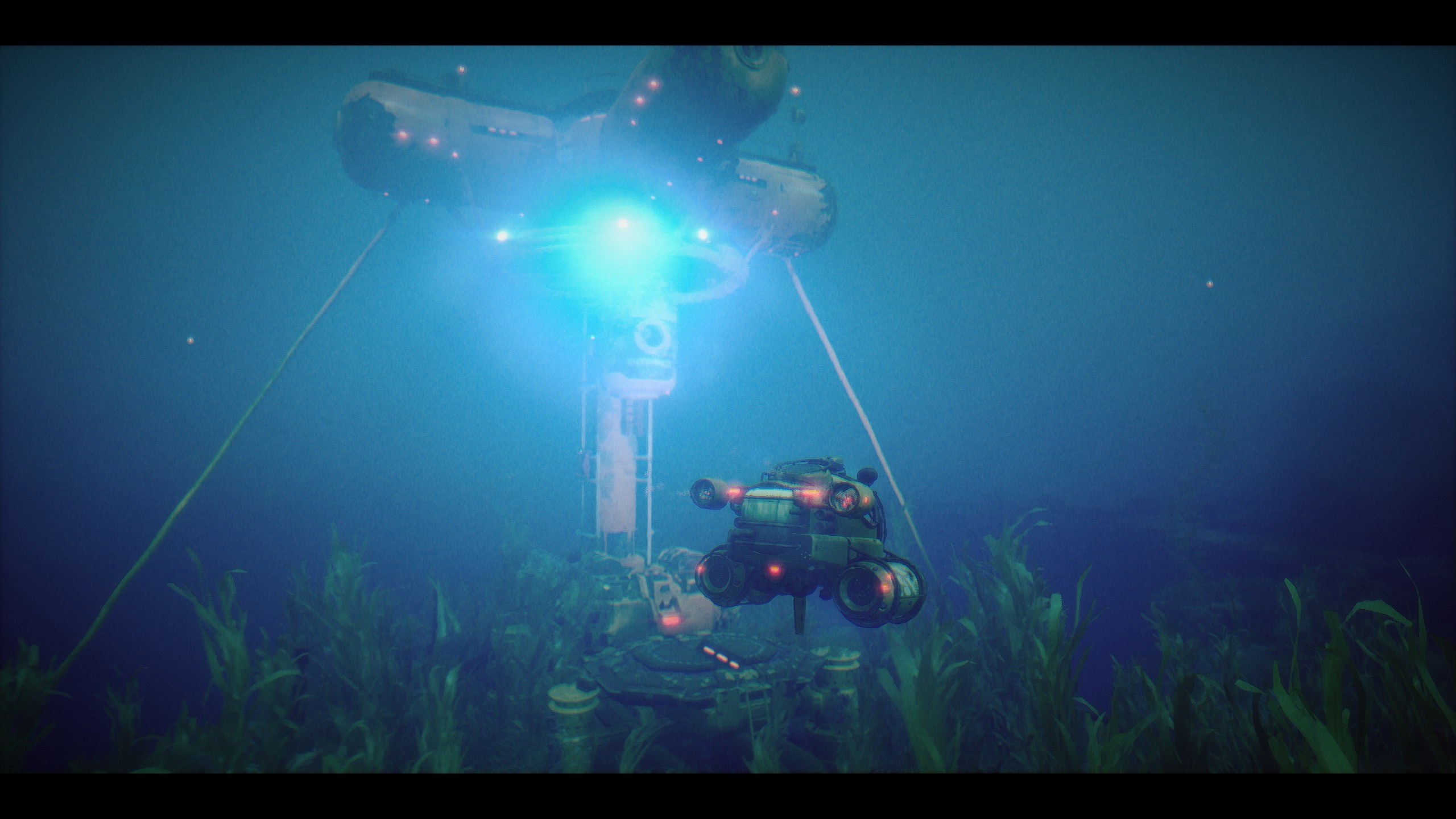
A fascinating world
During trips with Moon, I often get lost in the “blue horizon” of the sea. I watch as structures slowly become visible and lights from my life module, which serves as my base, break through the dark blue curtain.
There’s a map complete with marked hotspots, of course, but the pace in Under the Waves is completely different than in other open-world games. Of course, I can do whatever I want in Starfield, too. Personally, it’s only in Under the Waves that I really realize how silly it is to talk about an explorable galaxy with the planet-hopping fast travel system.
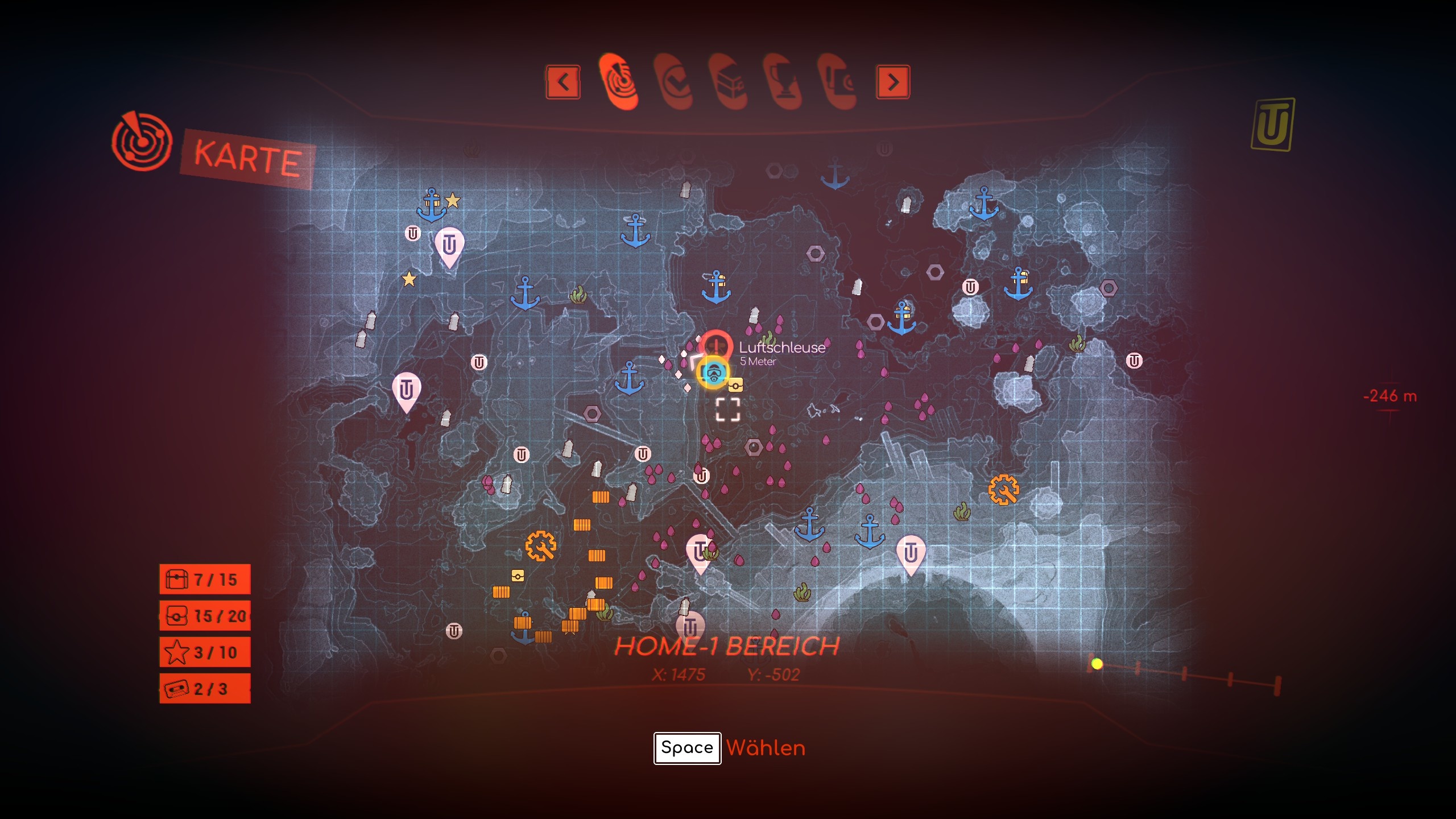
Instead, I chug through the North Sea, servicing the heavy machinery of offshore oil drilling company UniTrench. I get out, dive through pipes, operate terminals, shut pipelines, and hunt marine life along the way – with a photo camera, of course! The game manages very well to make me feel relaxed while telling a gripping and surprisingly dark story.
The Forgotten City: a golden gem
The Forgotten City gets that gritty and great story at least as well. However, I’m not diving there, but after walking through a mysterious portal, I suddenly find myself in a Roman city at the time of the Empire. The settlement, situated between large cliffs, is not only the smallest and at the same time most impressive open world I know, but also convinces with its characters.
There is a kind of curse on the place, which makes the inhabitants live according to the dreaded “Golden Rule”: Any crime committed by one is punished by the death of all, turning the inhabitants into gold statues.
It’s up to me to solve this puzzle by gradually getting to know the city and the people. Because I too inevitably break said rule, I flee from the golden chaos back to the portal and restart the time loop from the beginning of my arrival.
But because I now already know more, I act accordingly with foresight and feel like Bill Murray in “And every day the groundhog says hello”.
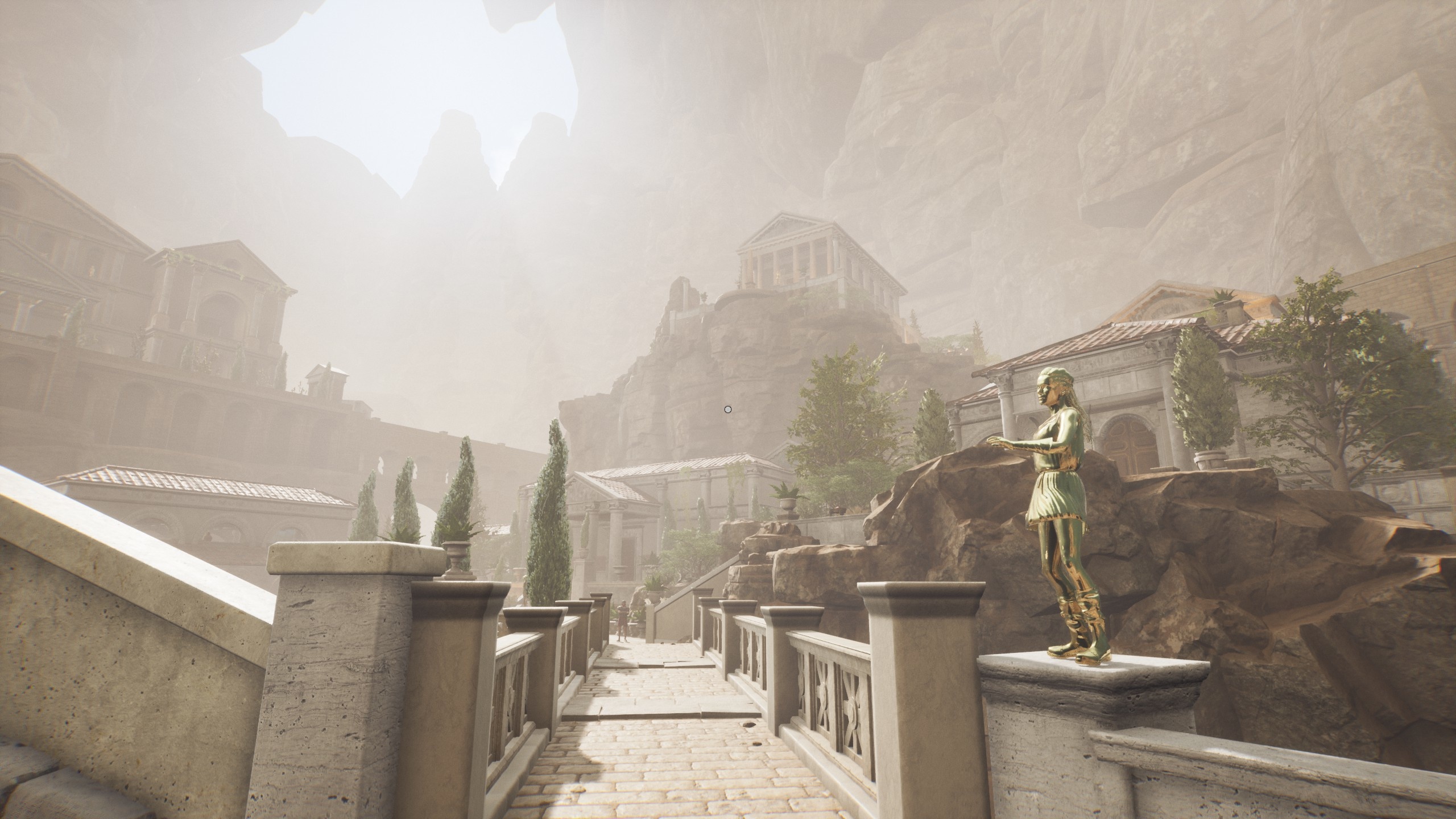
Good story also goes with time travel
The city stretches over only a few streets and has a few more areas to offer vertically. Skillfully, Modern Storyteller’s developers use every nook and cranny to hide even more details and stories in their world.
First of all, the exciting initial situation serves as the driving force for exploring the open-world: Not only am I, as a modern human, suddenly trapped in a cursed time-loop ancient world, but the inhabitants also live in constant fear.
On the one hand, they fear breaking the Golden Rule. On the other hand, at the time of emerging Christianity, they also have inner conflicts of faith. Human tensions and problems around power and politics are also the cherry on the tension cake.
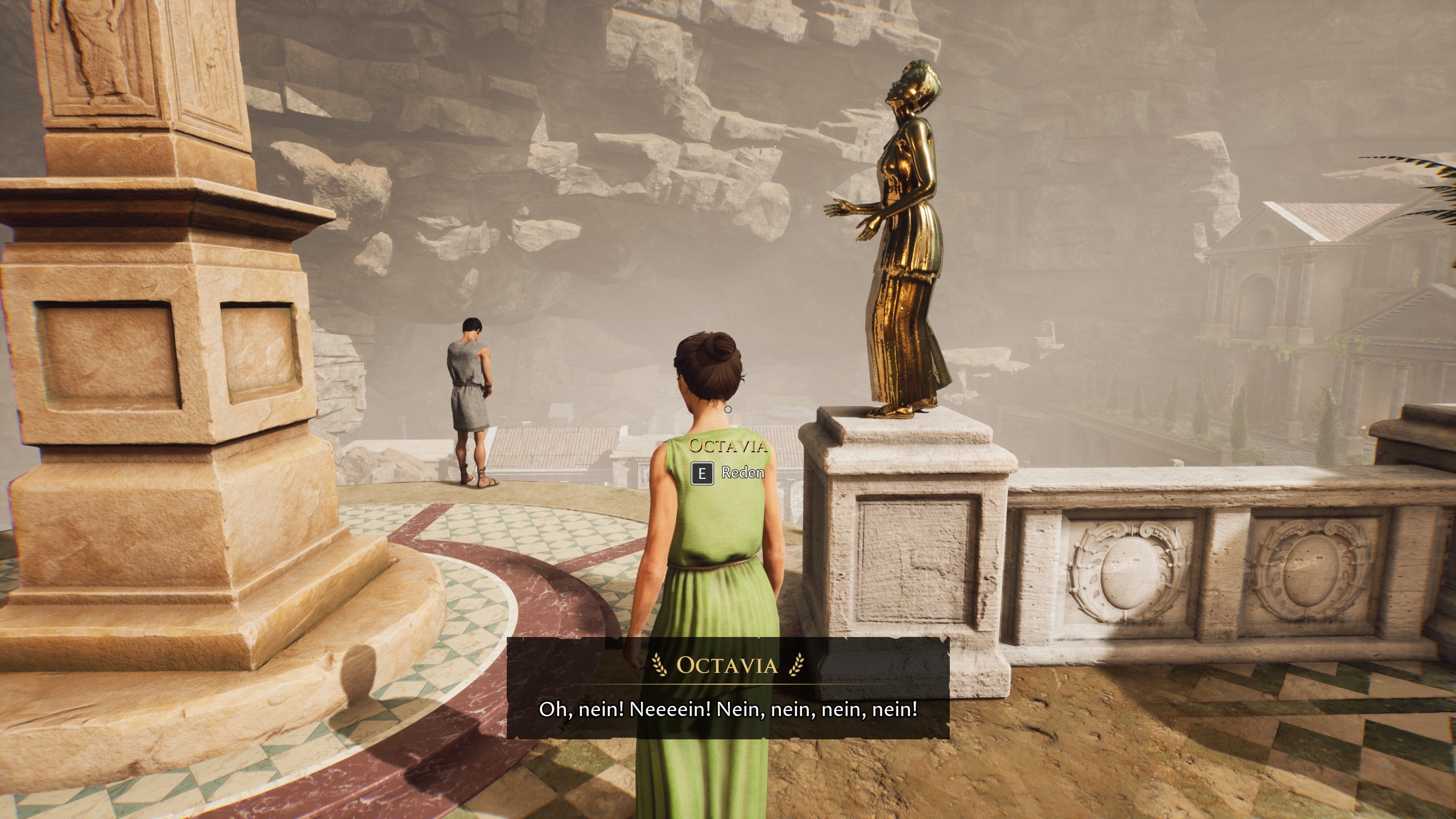
Playfully, I mainly explore and talk to people. Their answers in dialogues give me clues to the further solution path, just like in an adventure game. Quickly it clicks and I try to act in the interest of the NPCs. In the process, I get to the bottom of the dark and magnificent mystery of the city and finally myself.
For me, The Forgotten City is a prime example of a very good game with excellent storytelling and a sensibly used, freely walkable world. I am by no means of the opinion that large worlds don’t have their raison d’être. But I would like the player to get the feeling of being in an authentic world from the very first moment.
I want to feel that the developers have put a lot of thought into it, instead of just hitting interchangeable hotspots in a largely automatically generated environment. What do you think? Let me know in the comments!

